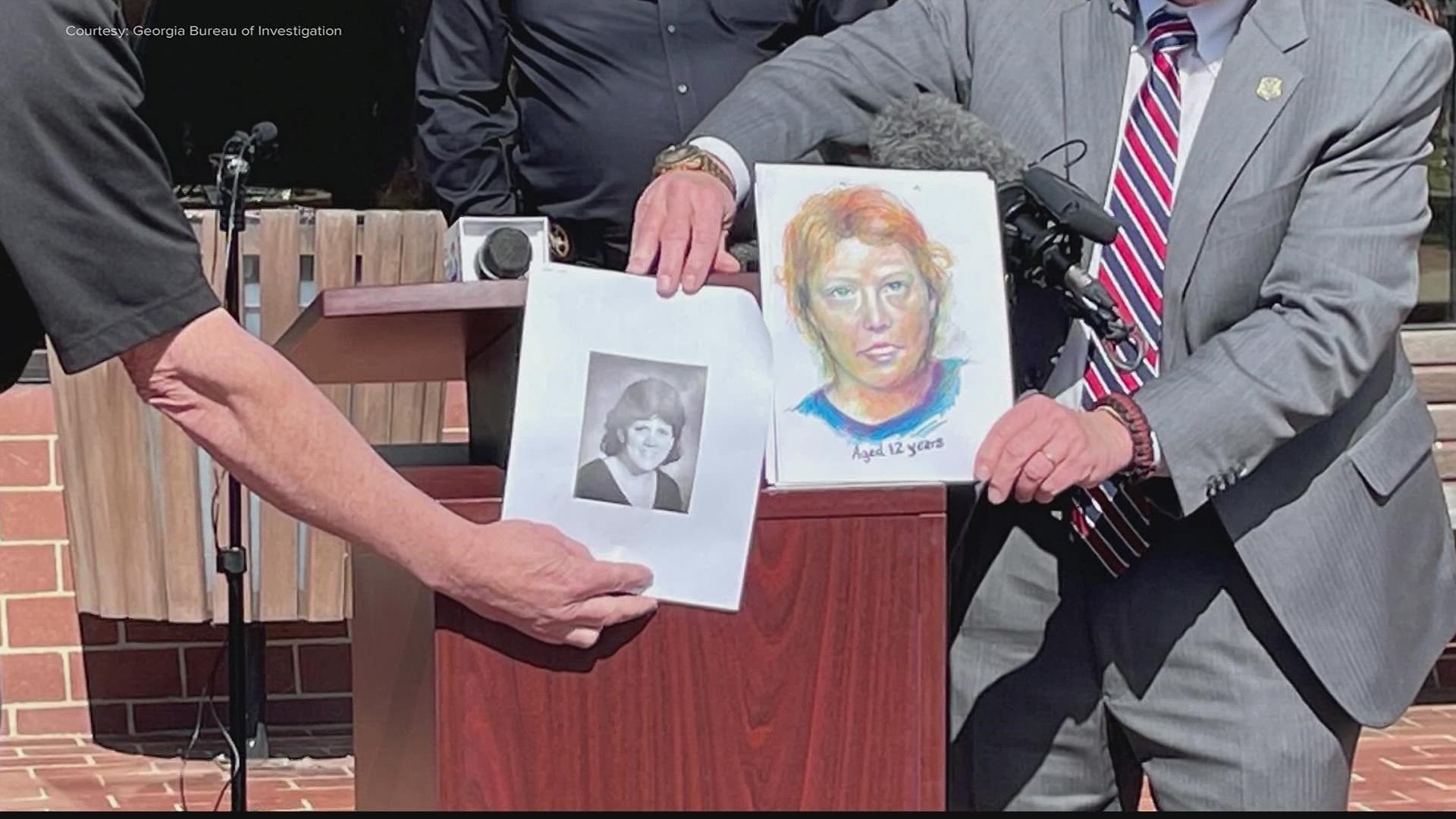DADE COUNTY, Ga. — A north Georgia cold case made history by becoming the first crime where scientists identified both a murder victim and the killer through forensic genetic genealogy, according to the GBI and FBI.
The homicide happened all the way back in 1988 in Dade County. 11Alive's Dawn White got an inside look a how the science works.
She had been known as "Jane Doe" for 34 years, but now she has a name. Stacey Chahorski was just 19-years-old when she lost her life. Her family finally has closure thanks to groundbreaking forensic science.
“She was found in such an advanced state of decomposition that she was unidentifiable," David Mittelman, CEO of genomic science company Othram, said.
Mittelman said the first part of genetic genealogy is DNA extraction.
“Maybe you've got some skeletal remains," he said. "You've grinded up the bone. You've then put in some chemicals that releases all the material and all the cells in the bone."
Scientists isolate non-DNA pieces and then begin forensic-grade genome sequencing.
“We go look at the DNA molecule using chemistry and this big machine," Mittelman said.
The lab builds a family tree by finding people in a database who consented to have their DNA on file with law enforcement.
“They may not be a close relative, may not be the mom or the dad or the sibling. They might be a first cousin or a second cousin or a third cousin or a fourth cousin," Mittelman stated.
The technology also found Chahorski's killer, a truck driver named Henry Wise.
“You can imagine it's like you're putting a puzzle together," Mittelman said. "You've got a bunch of pieces that you know where they go because you see the picture on the box, and then you've got this one piece that you don't know where it goes. As you fill in, the puzzle has fewer or fewer spots a puzzle piece could fit.”
That puzzle finally solved the case of the girl who died at just 19 years old and gave the forensic sketch a name.
“I expect next year there will be larger groups in larger teams that are composed of individual groups that that want to come together and kind of do this in mass," Mittelman noted.
Othram reports traditional CODIS testing looks at around 20 DNA markers, but their company looks as thousands, making it more accurate.
You can learn more about this cutting-edge technology and its use in Georgia cases by clicking here.

